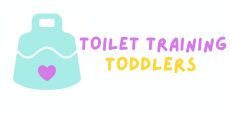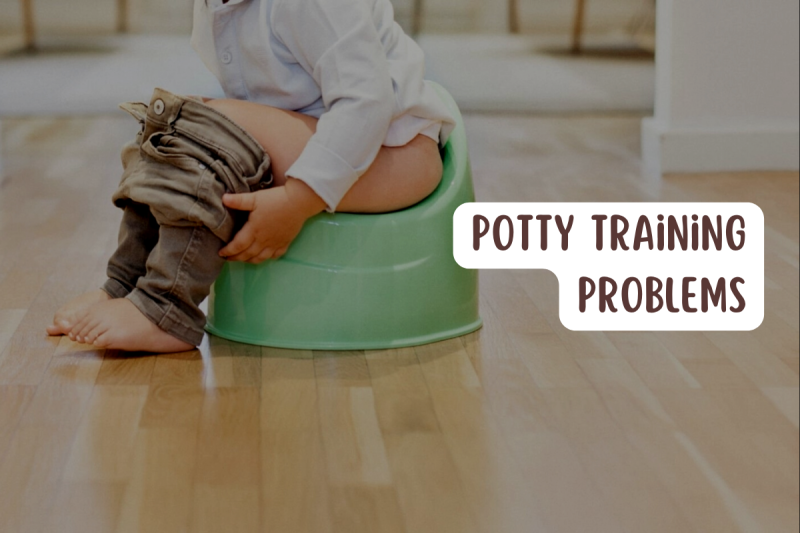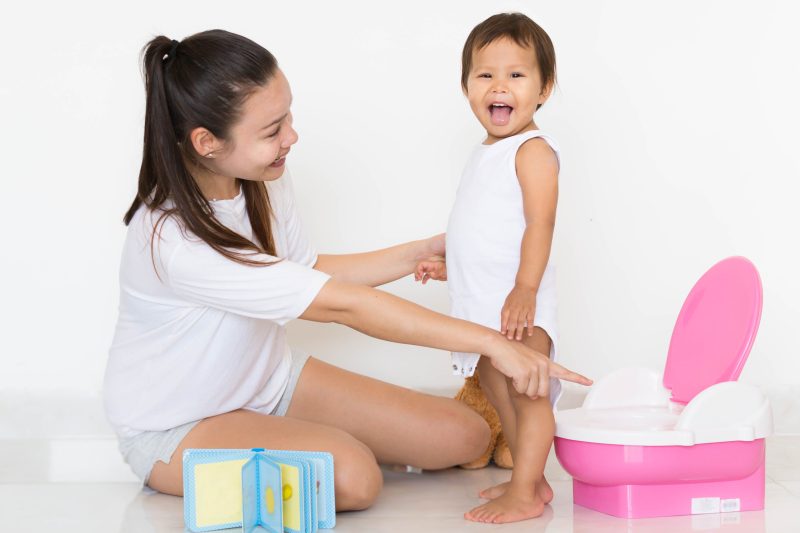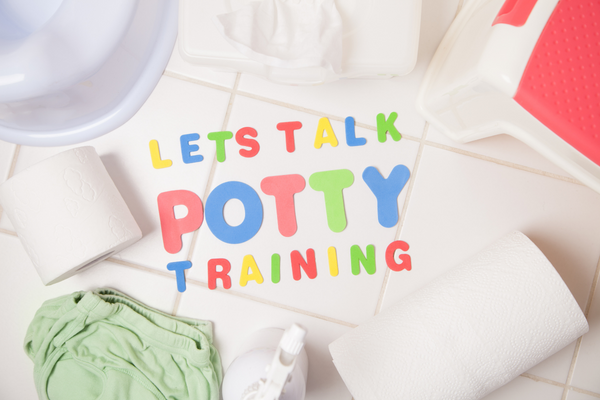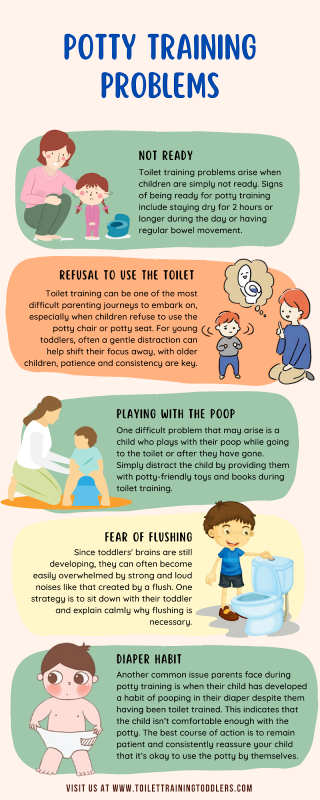Raise your hand if potty training has been a nightmare for you and your toddler! It can be one of the most challenging phases of early childhood development, but it doesn’t have to be. Fortunately, there are lots of simple solutions that parents can use to tackle common toilet-training issues easily and effectively.
In this blog post, we’ll help break down all of the common potty training problems and go over some tried-and-true strategies for helping make those potty breaks successful.
So no matter what hurdles you’re facing when it comes to tackling toddler toilet training, please rest assured that help is here. Let’s get started!
What Can Cause Problems?
Potty training can be both a frustrating and rewarding experience, and many factors can cause issues along the way.
- One of the most common problems is resistance from the child, who may not want to cooperate with potty training. This is often caused by fear, anxiety, or simply a lack of interest in using the potty in most children.
- Another common problem is having too much pressure on the child; potty training should be treated as an encouragement to help children learn proper bathroom habits rather than an expectation that needs to be met.
- Inconsistency in teaching and reinforcement can also be a major problem. Parents must remain consistent with their approach and expectations to succeed.
Common Toilet Training Problems
Check out the following list of some most common potty training problems parents face, their causes, and the best solution.
Not Ready
Toilet training problems arise when children are simply not ready. Signs of being ready for potty training include staying dry for 2 hours or longer during the day or having regular bowel movement.
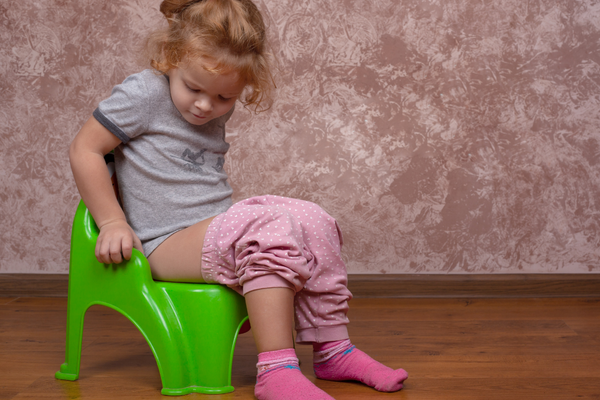
For those who aren’t just yet ready, parental involvement is key. The parents must be patient and understanding, setting clear expectations and providing positive reinforcement when needed.
When toddlers show that they are ready, it’s important to initiate a routine that they can easily recognize and stick to.
Consistency is also essential, as it lends familiarity and comfort to the process of learning how to use the toilet independently. Finally, it’s essential to remember that every child develops at different rates. Patience is key in ensuring that your toddler takes their time and gains confidence in their abilities while learning a necessary life skill.
Refusal To Use the Toilet
Toilet training can be one of the most difficult parenting journeys to embark on, especially when children refuse to use the potty chair or potty seat. Different strategies work for different kids and their stages of development when it comes to this refusal problem.
Young Toddlers
For young toddlers, often a gentle distraction can help shift their focus away from a stubborn attitude. Similarly, positive reinforcement with verbal praise and rewards can help foster enthusiasm for potty use, even if there is initial resistance.
Older Children
With older children, patience and consistency are key: setting regular toilet times and providing plenty of encouragement will help them become more confident in using the toilet instead of diapers or pull-ups. Ultimately, by staying calm and not giving up, parents can work together with kids to kick-start their potty journey swiftly!
Playing With the Poop
As any parent of a toddler knows, toilet training can be trying. One difficult problem that may arise is a child who plays with their poop while going to the toilet or after they have gone.
Fortunately, this is a common problem with an easy solution. Simply distract the child by providing them with potty-friendly toys and books during toilet training. Stress the importance of keeping their hands away from their body parts so that learning proper hygiene becomes second nature.
This can also help discourage them from putting anything foreign in their mouths. It is best for parents to take potty breaks frequently and keep playtime in the bathroom at a minimum to discourage such behaviours and make it easier to develop healthy habits.
Fear of Flushing
One of the most common toilet training problems parents may come across is their toddler developing a fear of flushing the toilet. Since toddlers’ brains are still developing, they can often become easily overwhelmed by strong and loud noises like that created by a flush.
Fortunately, there are some things parents can do to help alleviate fear. One strategy is to sit down with their toddler and explain calmly why flushing is necessary and the consequences if they don’t flush.
Additionally, parents may want to turn the sound of the flush to lower levels or opt for an easy-flush toilet, so its sound is more gentle. Providing positive reinforcement for when toddlers flush and even sitting in front of them holding their hand during a flush may also be helpful strategies for tackling this hurdle in bathroom training.
Diaper Habit
Another common issue parents face during potty training is when their child has developed a habit of pooping in their diaper despite them having been toilet trained.
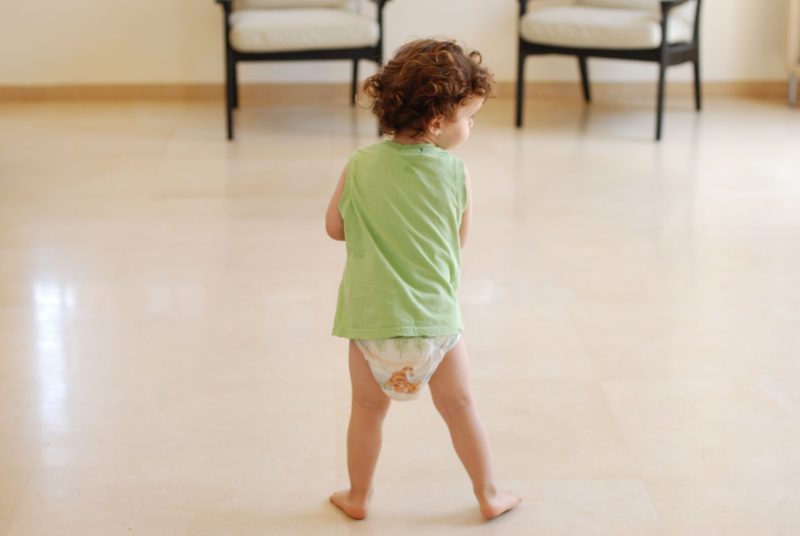
This can indicate either the child isn’t comfortable enough with the potty or they’re just not physically ready yet to completely grasp the concept of going to the bathroom and using the toilet seat by themselves. If your kid is exhibiting this behaviour, don’t be too hard on yourself!
The best course of action is to remain patient and consistently reassure your child that it’s okay to use the potty by themselves. Additionally, having them sit on the potty every 1-2 hours can help. Even if they don’t use it, it gets them into the routine and helps familiarize them with it.
Conclusion
Every child is different, and some will take longer to be potty trained than others. If you’re having trouble training your child, it’s important to remember that many resources are available to help you.
There are also several other things that can cause potty training regression during the toilet training process. By understanding the potential causes of toilet training problems, you can work with your child’s doctor to find a solution that will work best for your family. Thanks for reading!
